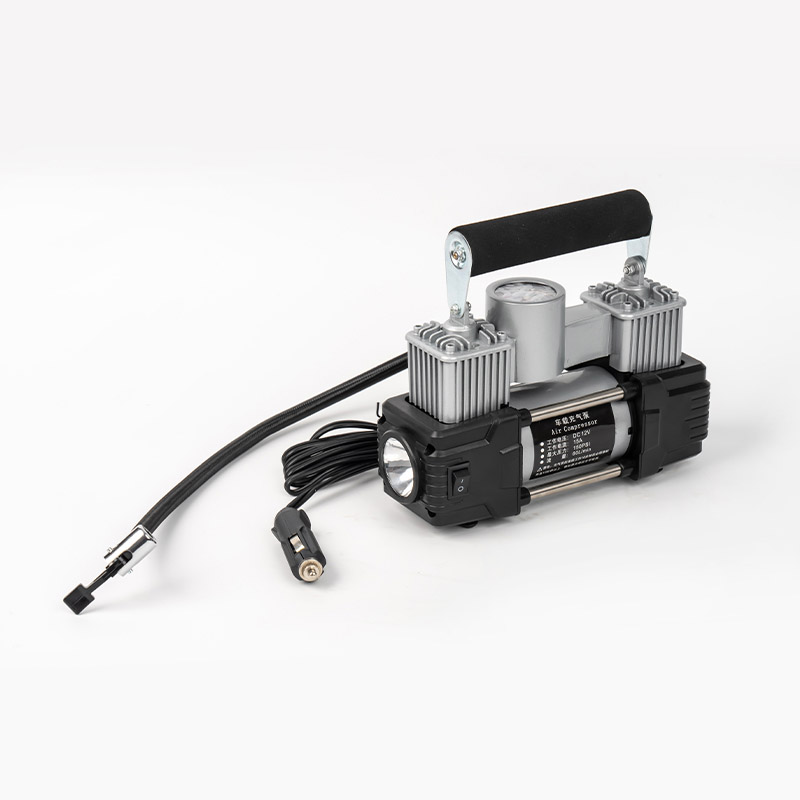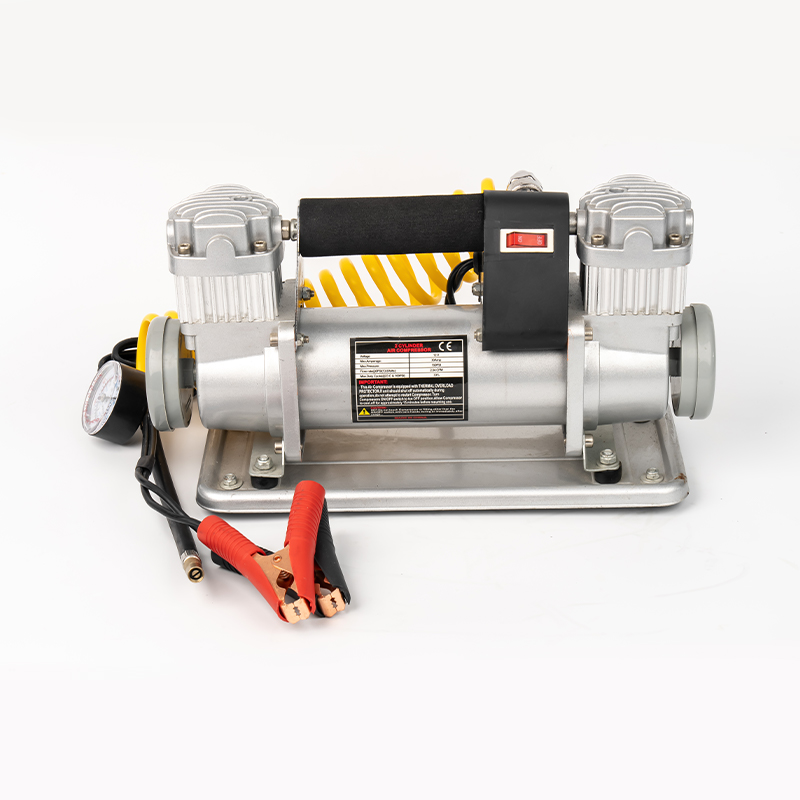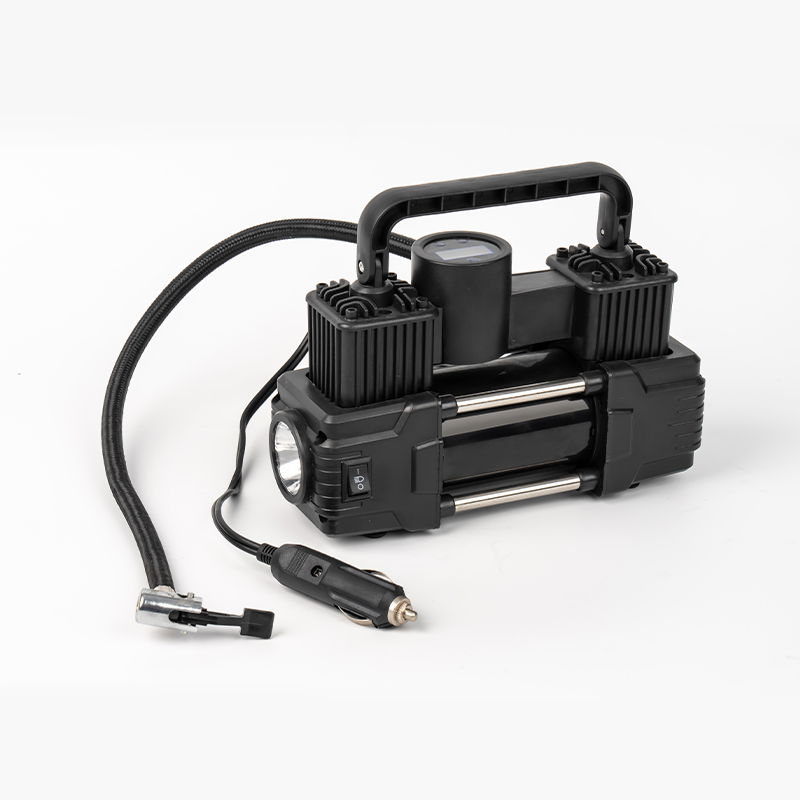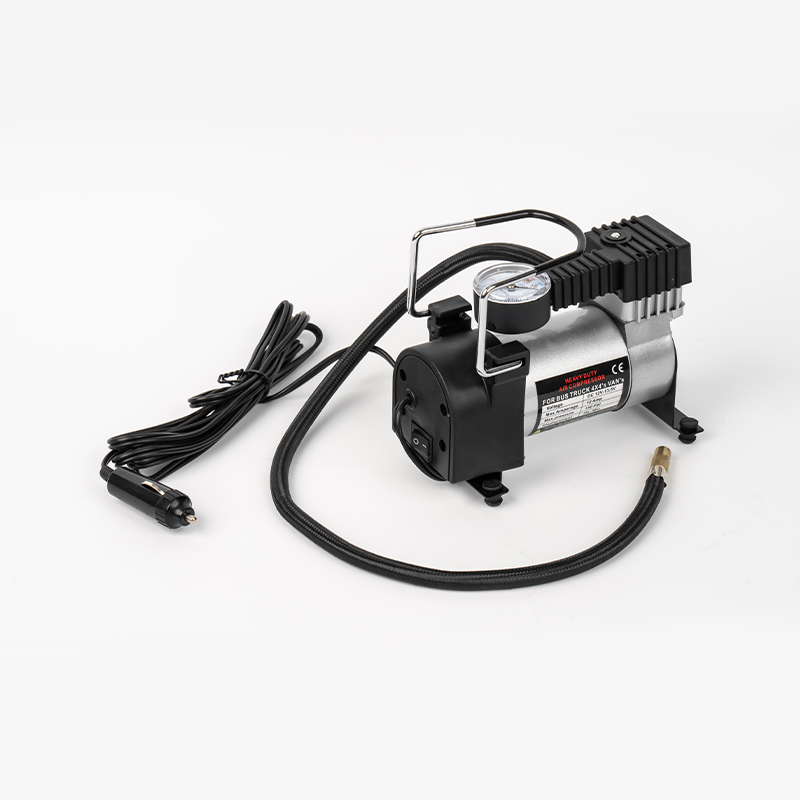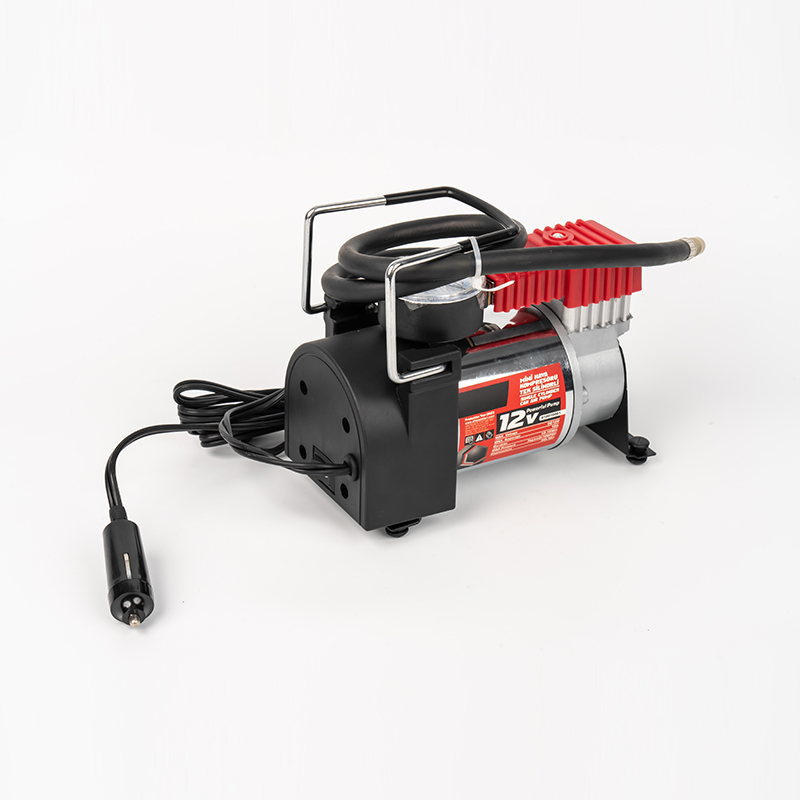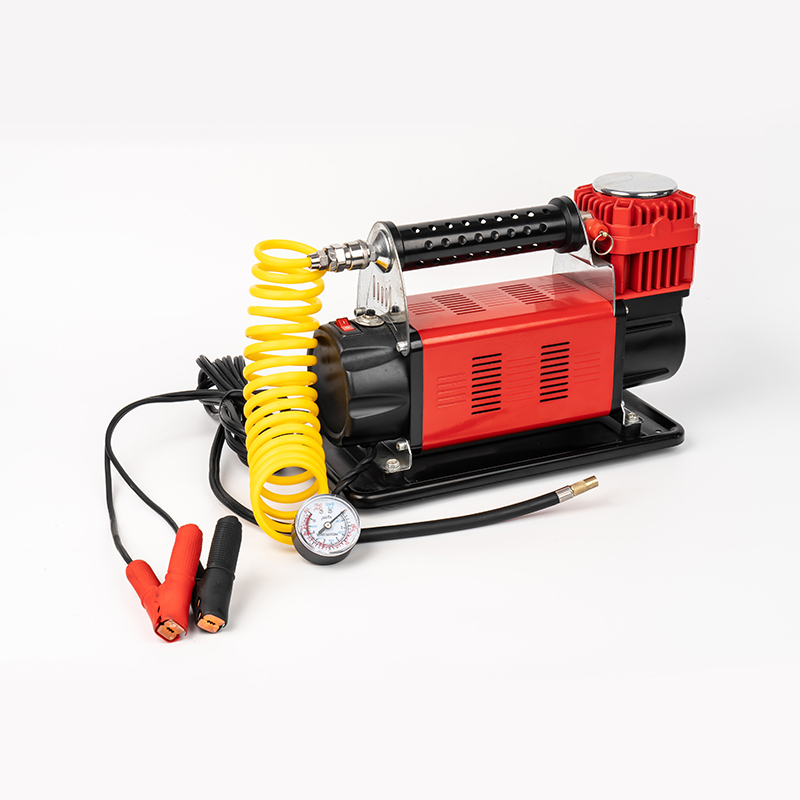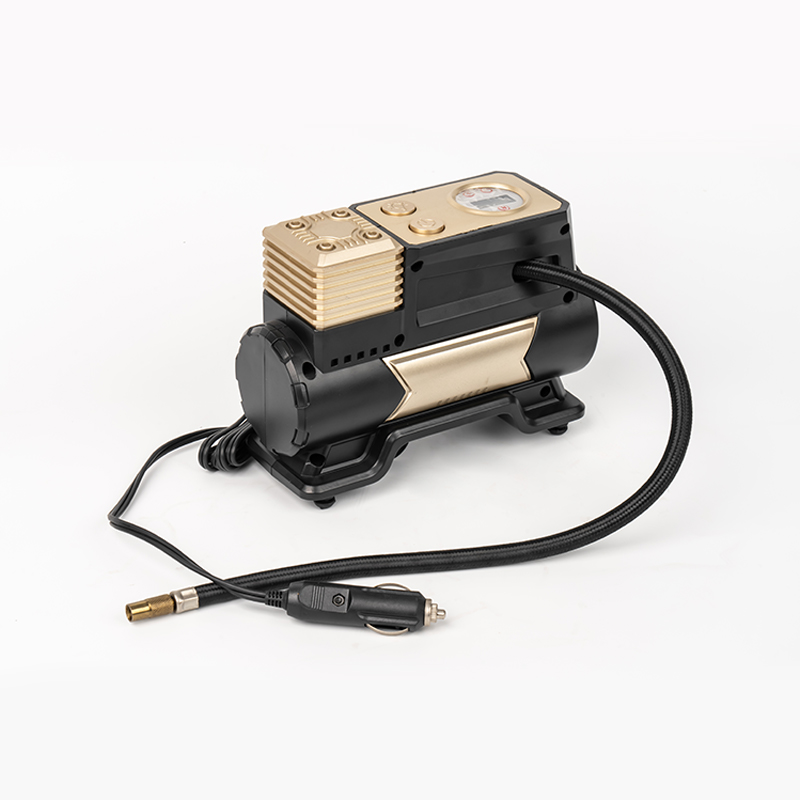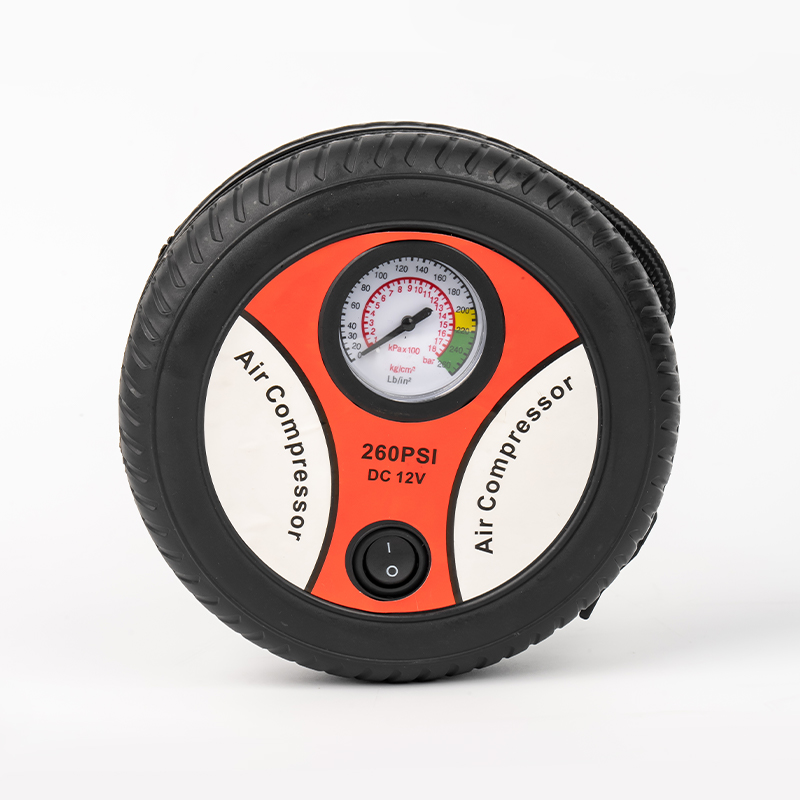A sudden flat tire can significantly disrupt travel plans and compromise safety. While traditional solutions like spare tires exist, portable automotive tire inflators are increasingly common tools carried by drivers. But are they truly suitable for handling an emergency flat? The answer is a qualified yes, primarily for specific types of minor punctures, provided their capabilities and limitations are understood.
Understanding the Tool: Portable Tire Inflators
These compact, typically electric-powered devices plug into a vehicle's 12V power socket (cigarette lighter) or use integrated rechargeable batteries. They are designed to:
- Re-inflate a tire: Restoring lost air pressure.
- Maintain pressure: Topping up tires gradually losing air.
- Integrate with sealants (sometimes): Models with integrated sealant reservoirs inject a temporary puncture sealant while reinflating.
Their Role in Emergency Flat Tires: The Pros
Where portable inflators excel in an emergency is addressing slow leaks and small punctures:
- Minor Punctures: A nail or screw embedded in the tread often causes a slow leak. An inflator can restore sufficient pressure to drive cautiously to a nearby repair facility.
- Slow Leaks: For tires gradually losing air due to minor rim leaks, valve stem issues, or very small tread punctures, reinflation can provide enough pressure for a safe, short journey to a tire shop.
- Speed and Convenience: Often faster and cleaner than changing a spare tire, especially in adverse weather conditions, low light, or unsafe roadside locations. They eliminate the need for physical jacking and lug wrench use.
- Temporary Sealant Function: Inflators with integrated sealant offer a temporary plug for small tread punctures, potentially enabling reinflation and short-distance travel if used according to instructions.
Critical Limitations and Considerations
Portable inflators are not a universal solution for all flats. Their effectiveness depends heavily on the cause and severity of the flat tire:
- Sidewall Damage: Blowouts, gashes, bubbles, or punctures in the tire sidewall are not repairable with an inflator or sealant. Air escapes too rapidly or the structural integrity is compromised. Attempting to inflate is dangerous and futile.
- Large Tread Punctures: Holes larger than about 1/4 inch (6mm) or tears typically cannot be sealed effectively by temporary sealants. Air loss will likely exceed the inflator's ability to maintain pressure.
- Rim Damage: Leaks originating from a bent or damaged wheel rim are unlikely to be sealed by inflators or sealants.
- Speed and Distance Restrictions: Even after successful temporary repair/inflation:
- Drive Immediately to a Repair Shop: Do not delay. The fix is temporary.
- Reduce Speed: Drive significantly below posted speed limits (often below 50 mph / 80 km/h).
- Minimize Distance: The goal is to reach the nearest qualified tire professional.
- Power and Capabilities: Smaller, basic inflators may lack the power or capacity to fully inflate a completely flat large tire (e.g., SUV, Light Truck) or may take a considerable time to do so. Battery life on cordless models is a factor.
- Pressure Accuracy: Some inexpensive models may lack precise pressure gauges. Cross-checking with a separate, reliable tire pressure gauge before driving is prudent.
- Sealant Limitations: Integrated sealant is strictly temporary (often only effective for a few days or up to 100-200 miles). It complicates the permanent repair process for technicians and cannot be used on run-flat tires or tires equipped with Tire Pressure Monitoring System (TPMS) sensors unless explicitly stated as sensor-safe. Always consult the inflator/sealant instructions.
Best Practices for Emergency Use
If faced with a flat and considering using a portable inflator:
- Assess Safety First: Pull completely off the road to a safe location. Use hazard lights.
- Identify the Cause: If safe and possible, inspect the tire. Look for obvious damage (large holes, sidewall issues). If the cause is unclear or damage is significant, call for roadside assistance.
- Check Inflator Readiness: Ensure the inflator is charged or functional and appropriate for your tire size/pressure needs (refer to its specs). Ensure any sealant used is compatible with your tire and TPMS if equipped.
- Connect and Inflate: Follow the device instructions precisely.
- Verify Pressure: Use the inflator's gauge if reliable, or ideally, a separate accurate gauge. Inflate only to the vehicle manufacturer's recommended pressure (found on the driver's door jamb sticker).
- Drive Cautiously: Proceed slowly and directly to the nearest tire shop. Monitor the tire closely for any signs of pressure loss or instability.
Portable automotive tire inflators are a valuable emergency tool specifically for slow leaks and minor tread punctures. They offer a convenient, often quicker alternative to changing a spare tire in these specific scenarios. However, they are absolutely not a replacement for a spare tire in all situations and are completely ineffective for sidewall damage, large punctures, or rim issues. Understanding their capabilities, limitations, and the critical importance of immediate follow-up repair is paramount for safe and effective use in an emergency flat tire situation. Carrying one can provide significant peace of mind, but drivers must remain aware of when its use is appropriate and when professional roadside assistance is still the safest option.

 English
English Español
Español عربى
عربى Türk
Türk
